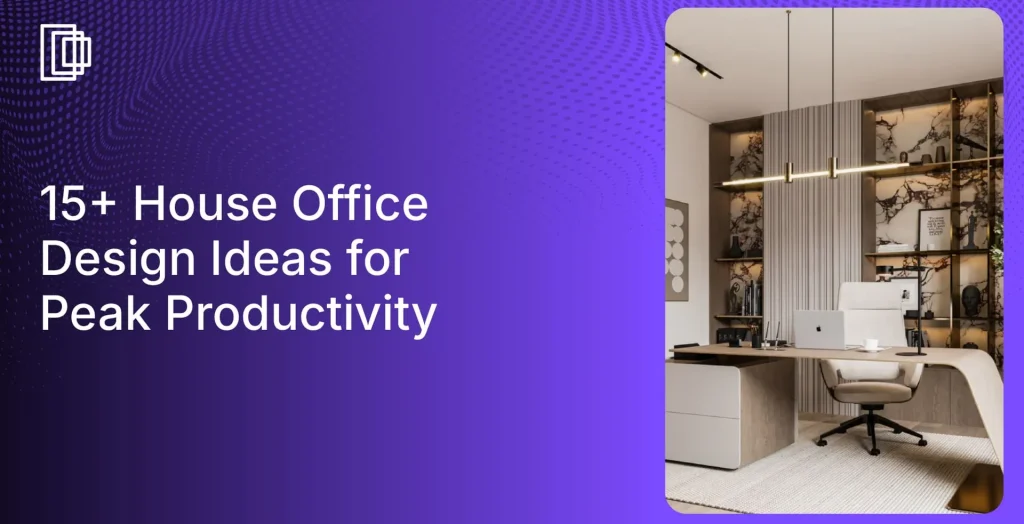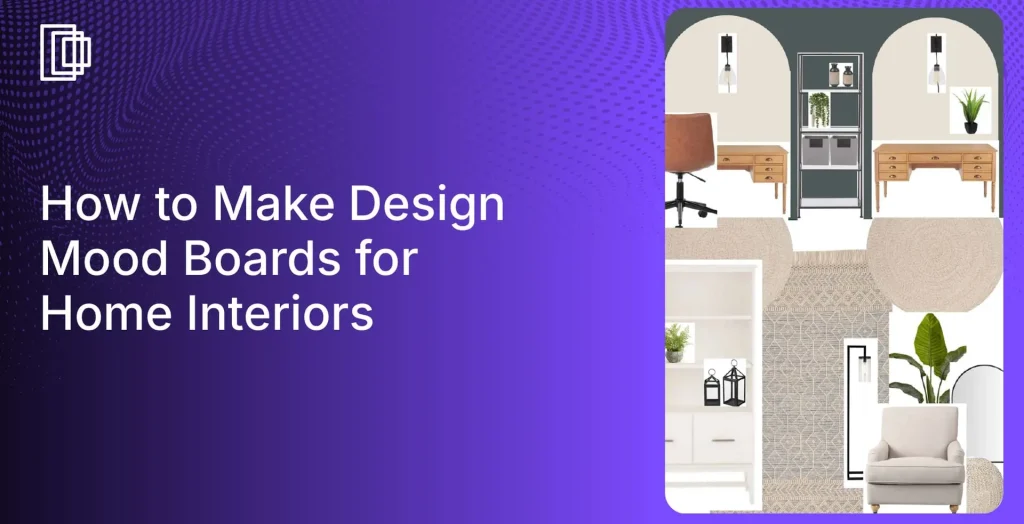Lighting plays a crucial role in interior design. It has the power to transform a room by creating ambiance, enhancing colors and textures, and highlighting architectural features. Understanding the science behind lighting and its impact on a space can help homeowners and designers create a functional and inviting atmosphere in any room. In this article, we’ll explore the different types of lighting, functional lighting for various spaces, and how to choose the right light fixtures for your home.
Understanding the Role of Lighting in Interior Design
When designing a space, lighting should always be a consideration. It not only helps with visibility but also sets the mood, creates ambiance, and accentuates certain features or objects. But lighting is more than just flicking a switch. It requires careful planning to ensure that the light fixtures, light sources, and light levels complement the room’s purpose and design style.
Lighting can make or break a space. A well-lit room can make it feel spacious and inviting, while a poorly lit room can make it feel cramped and uninviting. It is, therefore, essential to understand the role of lighting in interior design.
The Science Behind Lighting and Mood
Lighting can affect our moods and behavior. Bright, cool-toned lighting can increase focus and concentration, while dimmer, warmer lighting can induce relaxation and calmness. This means that lighting can be used to create different moods in different spaces, e.g., an energizing study room or a cozy living room.
Studies have shown that the color temperature of light can also affect our mood. Warm white light (2700K-3000K) is calming and relaxing, while cool white light (4000K-5000K) is energizing and stimulating. Daylight (5000K-6500K) is also known to improve mood and productivity.
Types of Lighting in Interior Design
There are three main types of lighting in interior design: ambient, task, and accent lighting. Ambient lighting provides overall illumination to a room, task lighting is directed to specific areas to aid in tasks, and accent lighting highlights objects, artworks, or other specific features.
Ambient lighting can be achieved through ceiling fixtures, chandeliers, or wall sconces. Task lighting can be provided by desk lamps, reading lamps, or under-cabinet lighting. Accent lighting can be achieved through spotlights, track lighting, or picture lights.
Balancing Natural and Artificial Light Sources
Another aspect of lighting to consider is balancing natural and artificial light sources. Natural lighting can provide an array of benefits, from vitamin D to energy efficiency. However, it also poses challenges as the angle and intensity of natural lighting changes throughout the day, making it essential to choose the appropriate artificial light sources to maintain a unified look throughout the day.
Window treatments can also play a role in balancing natural and artificial light sources. Sheer curtains can filter natural light while still allowing it to enter the room, while blackout curtains can block out natural light entirely. Blinds and shades can also be used to control the amount of natural light that enters a room.
In conclusion, lighting is a crucial aspect of interior design that should never be overlooked. By understanding the science behind lighting and mood, the different types of lighting available, and how to balance natural and artificial light sources, you can create a space that is not only functional but also aesthetically pleasing and inviting.
The Impact of Lighting on Color and Texture
Lighting can have a significant impact on the look and feel of colors and textures in a room, whether it enhances or detracts from them. Understanding how lighting affects your furniture pieces and accents can help to make the most of a room’s color scheme and texture.
Enhancing Color Schemes with Lighting
Lighting can greatly enhance a room’s color scheme. Cool-toned lights can bring out the blue and green tones in a space, while warm-toned lighting can bring out the yellows, oranges, and reds. It’s also important to consider the light temperature and the type of bulb when selecting lighting to enhance the color scheme.
Creating Depth and Dimension with Light
Light can create depth and dimension in a space by highlighting certain areas or adding shadow to others. For instance, directional lighting can help to create a sense of depth and drama in a room, highlighting texture and shape in an object or artwork.
Highlighting Textures and Patterns
When it comes to texture and pattern, lighting can help to showcase them and make them stand out. Accent lights can be directed to highlight a feature wall, create shadow play, or draw attention to a unique texture or pattern in a fabric or rug.
Functional Lighting for Different Spaces
While there are general lighting principles, the type of lighting selected also depends on the function of the space. For instance, task lighting in a study room is vastly different from ambient lighting in a bedroom. Let’s explore some of the functional lighting considerations below.
Task Lighting for Work and Study Areas
Task lighting is essential to provide optimal illumination for specific tasks. It includes reading lights, desk lamps, and under-cabinet lighting. In a study room, task lighting should be directed to the desk area, while in a kitchen, under-cabinet lighting provides excellent task lighting for food preparation areas.
Ambient Lighting for Living and Relaxation Spaces
Ambient lighting provides overall illumination to a room, creating a warm and welcoming atmosphere. It includes chandeliers, pendants, and track lighting. For example, a pendant light in a living room can create a cozy ambiance, while a dimmer switch allows for customization of light levels according to mood or activity.
Accent Lighting for Showcasing Art and Decor
Accent lighting is the go-to choice for highlighting objects, artworks, or other specific features. It includes track lighting, wall sconces, and spotlights. For instance, track lighting can help to create an art-gallery look in a hallway to showcase a collection of art, or a wall sconce can put an emphasis on a unique architectural detail in a room.
Choosing the Right Light Fixtures
Choosing the right light fixture is essential to create a cohesive and harmonious look in a room. It involves selecting the appropriate fixture style, considering fixture size and placement, and exploring energy-efficient lighting options.
Selecting the Appropriate Fixture Style
The fixture style should match the room’s design style, whether it’s modern, traditional, or eclectic. The style includes the fixture’s materials, color, and shape. For example, an industrial-style pendant light would look out of place in a room with a classic design style.
Considering Fixture Size and Placement
Fixture size and placement are crucial to ensure the lighting fixture is proportional to the room and provides the desired illumination. In a dining room, for instance, the chandelier’s size should be chosen based on the table size. In a living room, lighting fixtures should be placed strategically to balance the room’s ambiance and provide adequate illumination without being too harsh.
Exploring Energy-Efficient Lighting Options
Finally, it’s important to consider energy-efficient lighting options to reduce energy usage and long-term costs. Options include LED lighting, compact fluorescent bulbs, and smart lighting systems. These options provide excellent and energy-efficient illumination while ensuring your lighting choices have a positive impact on the environment.
In Conclusion
Lighting goes beyond its functional aspect. It plays a vital role in interior design, creating a mood, and transforming spaces. By understanding the science behind lighting and its impact on texture, color, and mood, homeowners and designers can make informed choices when selecting light fixtures and creating lighting plans for different spaces. When thoughtfully executed, lighting can take a room from ordinary to spectacular, making it a standout space in your home.








